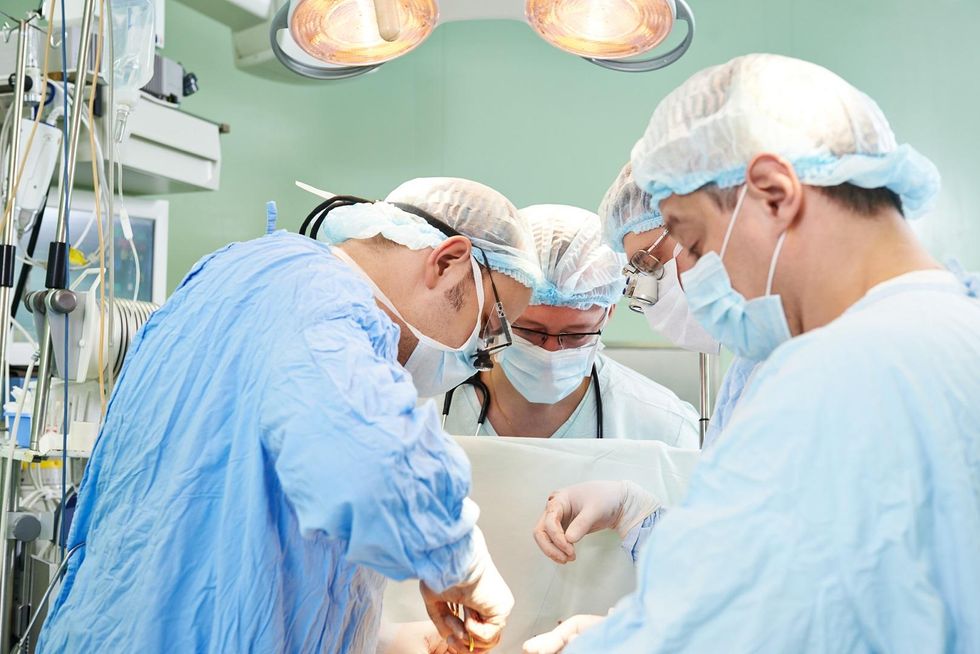
Engineers and physicians at Ohio State University have teamed up to give doctors the ability to see how a patient’s heart is likely to react to surgery, before the surgery even begins. (Getty Images)

Engineers and physicians at Ohio State University have teamed up to give doctors the ability to see how a patient’s heart is likely to react to surgery, before the surgery even begins.
Experts at Ohio State’s Wexner Medical Center use CT scans to map out a patient’s heart for the model. Using 3-D printing, the team creates a model of a patient’s heart. This allows doctors to study a model that exactly matches the patient’s heart, including any defects.
These models are then placed in machines that can simulate the effects of the stress of an actual working heart. Doctors can use this model to figure out which treatment or surgery could be most effective, and what potential problems are likely to arise.
After analyzing the printed model heart and testing different scenarios, doctors and engineers work together to check the results of the tests and decide what the best plan of action would be. This method can help to minimize a patient’s risk and recovery time.
“For most patients, available valves work comparably, said Dr. Scott Lilly, the co-director of the structural heart program at Ohio State Ross Heart Hospital. "However, in some cases the anatomy of the patient may create additional considerations. … The ability to reconstruct the areas where the valve is going to rest is important.”
The team from Ohio State has even tested the method to assist in the placement of an artificial heart valve in a patient named Bernice Belcher. Belcher is reportedly recovering well from the surgery. Since all experiments are performed on a 3-D model, this method is risk free for the patient.
Lilly expressed his enthusiasm about the work.
“Each valve is a little different, and the anatomy of every patient is unique," he said. "The ability to predict the function of the valve after placement, and which valve may work best with the least amount of leak and without impinging on adjacent structures, is critical. We are making progress.”
“By doing these experiments, we are able to come up with the best possible scenario for that patient,” Dr. Prasad Dasi, another researcher on the project, told WLNY-TV. Dasi is an associate professor in the Department of Biomedical Engineering at Ohio State University.